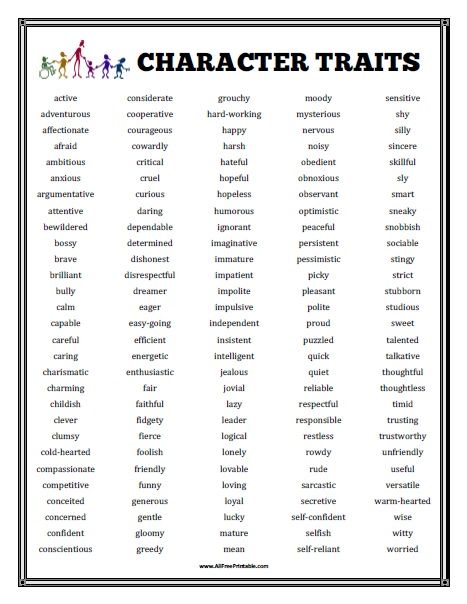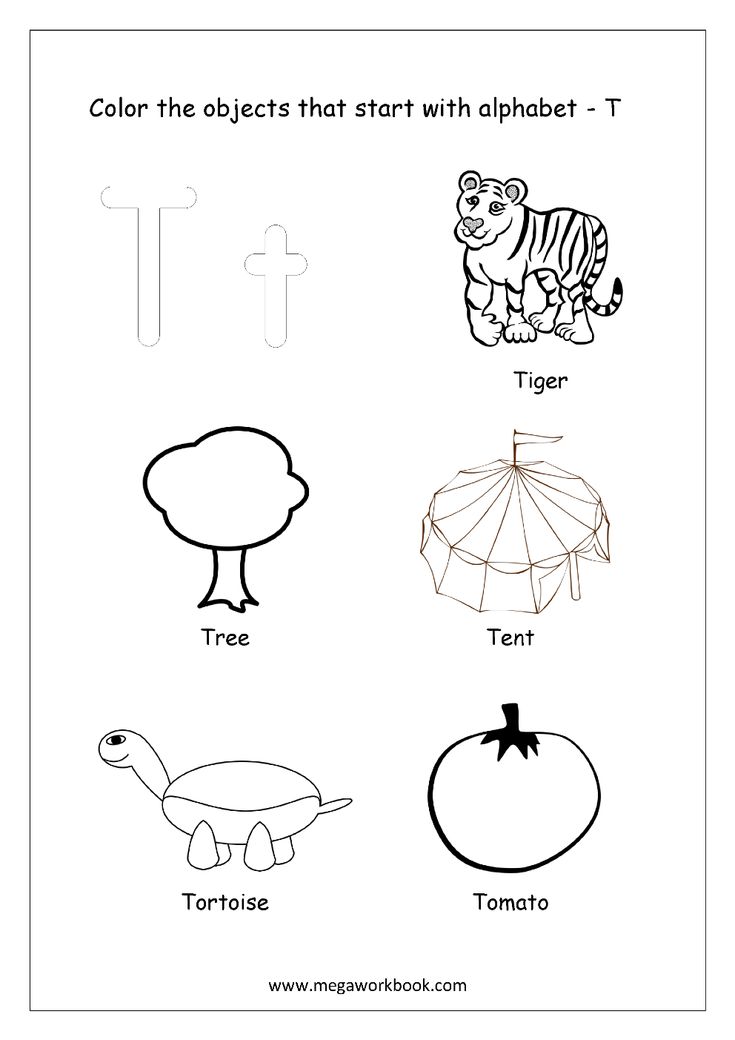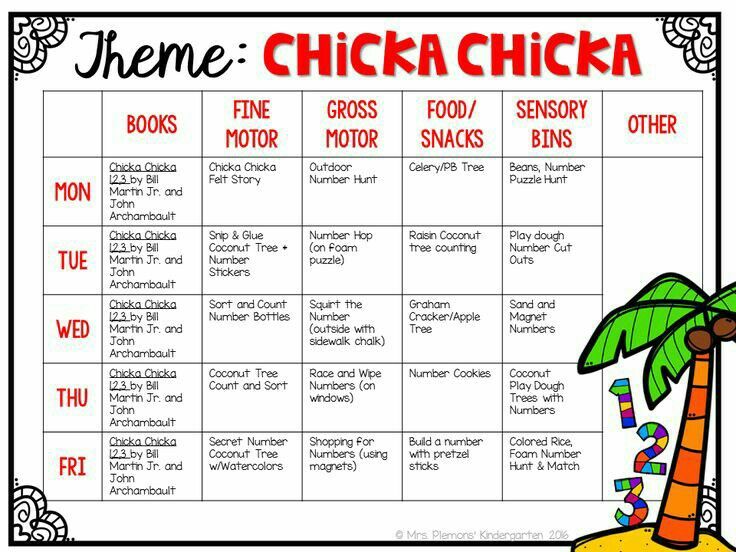Follow directions quickly
Classroom Rules – Whole Brain Teaching
Classroom Rules
Weaving Rules Throughout Daily Instruction
Our Classroom Rules are not just wall posters. We weave our rules throughout daily instruction increasing students' engagement, decreasing problem behaviors, and boosting FUNTRICITY!
Below are three simple steps to implementing these Classroom Rules:
Step 1: Teach the Rules and Gestures.
You cannot use the rules if students do not know the rules! Teach the gestures for each rule using the WBT Basics. You'll know the students have learned the rules, and are ready for the next step, when they start doing the gestures with you instead of mirroring you.
Step 2: Rules Review.
Call out a rule number, students shout out the rule and do the gesture. The more entertaining the review, the more orderly the classroom. This is a great way to increase student leadership, as you have students lead the Rules Review. Do a Rules Review every time your students enter the classroom: beginning of the day, after morning recess, after music, after lunch, after art.
Step 3: Rule Call Out.
This is the true power of the WBT Classroom Rules. When a student is breaking a rule, instead of engaging in argument, which helps to fuel the fire of any Beloved Rascal, do a Rule Call Out. Simply call out the rule number and the class shouts out the rule and does the gesture, just as they do in the Rules Review. Using this procedure works to address and correct the behavior without direct conflict, and unites the class behind your leadership.
Additional strategies for each rule are explained below. You can also find various WBT Classroom Rule Poster downloads!
View this post on Instagram
A post shared by wholebrainteaching (@wholebrainteaching)
Rule 1: Follow directions quickly
The secret to lightening fast, classroom transitions.
Slow transitions from reading to writing to math to lining up, at every grade, not only wastes time but are also breeding grounds for disruptive activity. Here are three easy steps to weave Rule 1 into daily instruction:
Here are three easy steps to weave Rule 1 into daily instruction:
Wrong Way - Right Way: If you want faster transitions, you have to teach students how transition quickly ... and practice this vital routine. For more engagement, practice using Wrong Way - Right Way. Want students to move quickly to the rug? Have them do it the wrong way. Celebrate those Beloved Rascals that do the wrong way so tremendously well, because that's what you asked them to do! Now have them practice it the right way. You'll see tremendous improvement that can be joyfully celebrated.
The Three-Peat: You say, “Yellow folders out!” They respond, “Yellow folders out! Yellow folders out! Yellow folders out!” as they pull out their yellow folders. When the folder is open to the correct page, we suggest kids shoot both hands upward, waggle their fingers, and happily murmur, “Yea!” They continue their celebration, until you sweep a hand dramatically through the air. You can use the celebration time to help slower students.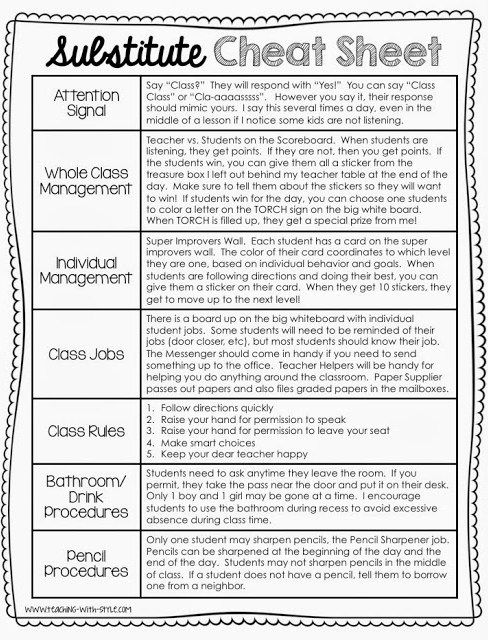 Use this strategy for any transition: lining up, moving to the rug, sitting down, taking out a pencil, turning to a page in a book.
Use this strategy for any transition: lining up, moving to the rug, sitting down, taking out a pencil, turning to a page in a book.
The Timer Game: An easy way to turn transitions into a game, is to use a timer to set and break records. Before any transition, set a timer. Record that time on the board: this is the class record. Before the next transition, set the timer again. If you break the record, celebrate with a Super Improver Star! If you didn't break the record, chant, "We got grit, we don't quit!" You can also play by counting up, instead of a timer. Simply count up from 0, telling your students you will count slower when you see Glorious Kindness and positive Leadership, and faster when you don't!
Rule 2: Raise Your Hand for Permission to Speak
Taming Blurters
In the middle of your Civil War lesson, a chatty kid blurts out, “What time is lunch?!” You blurt back, “How many times do I have to tell you to raise your hand to speak! Raise your hand! Raise your hand!” You match your student’s emotional blurting, with your own.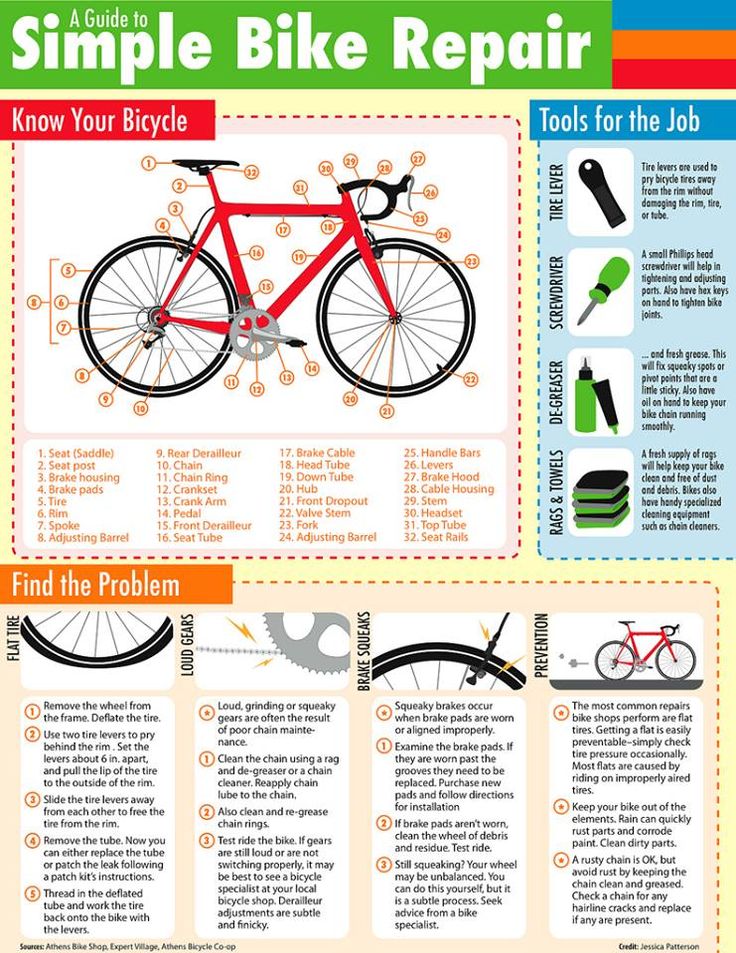
Welcome to Teaching Purgatory. Too often, we treat students like we don’t want to be treated. Chained together for a year, we mirror their outbursts with our own. We try to put out a kid’s little flame, with our big fire.
Why do children (and teachers) blurt? In scientific terms, there are more connections from the brain’s limbic system to the pre-frontal cortex than vice versa. Translation: emotions control reason more easily than reason controls emotions. Another scientific point: our brain’s mirror neurons condition us to imitate behavior we observe. You blurt me. I blurt you. And so on. Scolding doesn’t change behavior.
If chastising a child transformed them into a model student, Coach B would write best sellers, “Scold Like a Pro!,” “The Five Secrets of Power Chastisement,” “If They’re Not Crying, They Didn’t Get It: Confessions of a Former Sweetie Pie.” If scolding doesn’t change behavior, what does? Practice. You have your choice between two tennis coaches. One coach scolds you for your bad technique. The other coach helps you practice good strokes. Which one will improve your game? Don’t know what to do with an unruly student or class? Practice good behavior.
The other coach helps you practice good strokes. Which one will improve your game? Don’t know what to do with an unruly student or class? Practice good behavior.
Wrong Way - Right Way: Play the game as described in Rule 1.
Rule Call Out: Use Rule Call Outs, as described at the top of the page, to tame blurting behavior.
Timer Game: Play the game as described in Rule 1. This time you are playing to see how long your students can go without blurting. Set a timer. When the first student blurts, use a Rule Call Out. When a second student blurts, use a Rule Call Out again. The third blurter gets a Rule Callout and stops the timer. Write this time on the board as this is the class record. Use three blurters instead of one so the class works together as a team, and one student doesn't sink the ship. Play again by reseting the timer, working to beat your record.
Rule 3: Raise Your Hand for Permission to leave your seat
Use the same approach for Rule 3 as you did for Rule 2.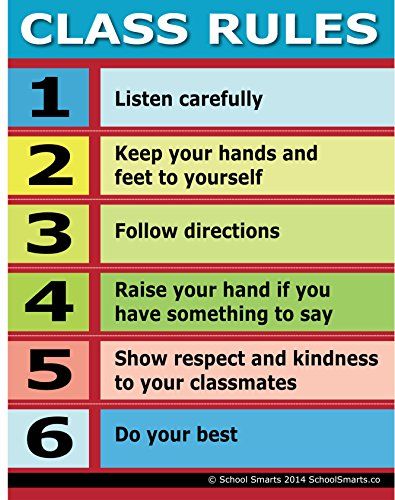 Rehearse the rule, “Raise your hand for permission to leave your seat” with the hand gesture; students raise their hands, then walk their fingers through the air. Then, use Wrong Way-Right Way.
Rehearse the rule, “Raise your hand for permission to leave your seat” with the hand gesture; students raise their hands, then walk their fingers through the air. Then, use Wrong Way-Right Way.
Reynaldo, on your cue, leaves his seat without permission. Great job of breaking the rule. Reynaldo leaves his seat again, you call out Rule 3, and the kids exclaim, “Raise your hand for permission to leave your seat!”
If you practice the wrong way and then right way, five times a day, pretty soon you’ll see more right way behavior. No student ever wants to feel like they are doing something wrong... that’s why they deny they’re engaged in incorrect behavior.
“Maggie, stop doing that!”
“I wasn’t doing anything!”
This is the wonder. With the procedures described on this page, you take a classroom disruption, blurting or wandering, and transform it into a classroom unifier. Whenever a rule is broken, a rule is strengthened.
That’s the way it is, my friends, in Teaching Heaven.
Rule 4: Make Smart Choices
The Ancient Secret for Wise Decisions
Let’s think about the first three Whole Brain Teaching classroom rules. Each will help solve one teaching problem. Implementing Rule 1, “Follow directions quickly,” will speed classroom transitions. Implementing Rule 2, “Raise your hand for permission to speak,” will produce orderly discussions. Implementing Rule 3, “Raise your hand for permission to leave you seat” will keep your classroom from turning into kiddie bumper cars.
Rule 4 “Make smart choices: Glorious Kindness, Positive Leadership, Selfless Courage, Invincible Grit, Brainy Creativity” is a much larger, grander principle.
Making smart virtuous choices is perhaps the fundamental rule for all human behavior, in or out of the classroom.
WBT educators have discovered that Rule 4 is wonderfully powerful. The rule covers every area of a student’s life at school, at home, out with friends, on the Internet, engaged in a sport or hobby, Everything. From childhood to adulthood, we need to make smart choices. Rule 4 is especially powerful in covering all varieties of disruptive student behavior, in or out of class.
From childhood to adulthood, we need to make smart choices. Rule 4 is especially powerful in covering all varieties of disruptive student behavior, in or out of class.
Happily enough, implementing the Smart Choices rule is easy.
Smart Choices in Content: Discuss the smart and foolish choices made by characters in a story, famous people in a history lesson, kids in the lunchroom, athletes in a game.
Smart Choice Preview: Before beginning a calendar exercise or art activity, ask kids to discuss the smart and foolish decisions they could make. Here’s a key point. If a child claims, incorrectly in your view, that one of her choices was smart, you respond, “Okay. But what would be a smarter choice?” This may involve considerable discussion, but it’s worthwhile. Teach your pupils that smarter choices are always possible.
Virtue Calendar: One of the best ways to weave Rule 4 into every lesson everyday is to implement the Virtue Calendar, as part of our Character Education program.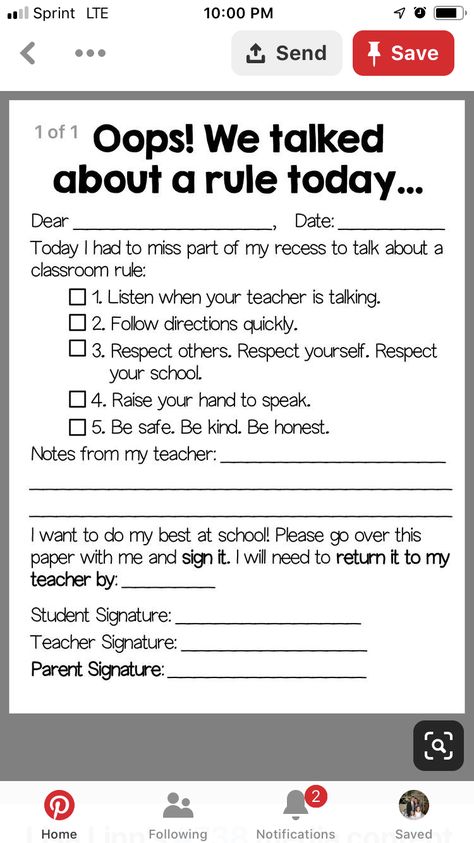
Rule 5: Make our dear team stronger
The Rule of Rules
When we began to develop Whole Brain Teaching’s rules, our goal was to cover every classroom problem.
We wanted a couple of principles that were as specific as possible and one or two others that covered every variety of disruptive behavior. Thus, we have Rules 1-3 that target individual classroom problems. Rule 4 is marvelously general, addressing every decision a child can make. Rule 4 can be applied to any issue not covered by the first three rules.
So, why do we need Rule 5, “Make our dear team stronger?” Rule 5 addresses your most challenging students... the ones who will quarrel with you about Rules 1-4! Pupils who dawdle along, can claim they are following directions quickly. Chatty kids can claim they weren’t speaking to anyone. Your most challenging students can even deny they are out of their seat... when they are standing in the middle of the classroom! “I’m not out of my seat. I’m just getting my pencil sharpened.”
I’m just getting my pencil sharpened.”
Of course, your most resistant spirits can argue that all their choices are smart, no matter how obviously foolish. So, what’s a beleaguered instructor to do? You need one rule that can’t be disputed. We’ve never discovered a child who could convince their instructor that their disruptive behavior made their dear team stronger. Kids, especially our Beloved Rascals understand teams, organized, rule following communities they participate in during online games, playground activities, or sports. Rule 5 is the argument stopper, the backtalk squelcher.
Following directions quickly, raising your hand for permission to speak or leave your seat, making smart choices ... all these principles are team strengthening. With Beloved Rascals, Rule 5 is the Rule of Rules.
Have kids who are melting down regularly? Introduce a power version of Rule 5 … Rule 5 Strong.
- Call out “Strong 5!,” a student, who you point out, role plays melting down.

- The class then energetically rehearses a power version of the rules: Rule 1, Rule 5, Rule 2, Rule 5 and so on … over and over*.
- Go to the upset student and role play calm down procedures. For example, –Identification: “I understand that spelling [or whatever] is frustrating you.”– Option: “Would you like to sit in the Cozy Corner or Deep Breathe with me?”
- To conclude, the class makes heart hands at the upset Player and gives a brief, supporting message … “sending you strength!”, “let’s win together!”, “We’ve got Grit! We don’t Quit!’
- When an actual meltdown happens, everyone knows the right thing to do.
- Encourage the class to discuss the best calm down procedures … and then practice them during Strong 5 rehearsals.
*To make rule rehearsal fun, Maria leads the class around the circle (1-5, 2-5, 3-5, 4-5) as entertainingly as possible; Jack takes over, trying to outdo his teammate, and so forth … round and round as you calm down the Very Unhappy student.
Diamond Rule: Keep Your Eyes on the target
The Diamond Rule is a recent addition to Whole Brain Teaching’s instructional jewels. Chris Rekstad, co-founder of WBT, told Coach B he had a truly remarkable collection of challenging kids. Foolish Coach, he didn’t believe him, and went to see for himself. Oh goodness! Even when Coach had his teaching engine fired up to its highest power, he kept thinking, “half these kids aren’t even looking at me!” Then, he thought how often, especially in the afternoon at conferences, a large handful of instructors found other objects of attention besides their dear teacher.
Instruction begins, and is maintained, by visual focus. Your kids won’t learn much, if they aren’t looking where they should be … at the speaker, their books, the board.
The gesture for the Diamond Rule, “Keep your eyes on the target” is pointing two fingers at your eyes, then pointing two fingers toward your audience. Explain the variety of targets in the room and how instructional targets shift from one activity to another. When anyone answers a question, the target is the speaker. When quiet reading is underway, the only target is you book … and so forth. You can introduce the Diamond Rule in the first minute of the first day or save it until later in the term. Like a miser, you’ll delight in the beauty of this pedagogical jewel.
When anyone answers a question, the target is the speaker. When quiet reading is underway, the only target is you book … and so forth. You can introduce the Diamond Rule in the first minute of the first day or save it until later in the term. Like a miser, you’ll delight in the beauty of this pedagogical jewel.
Upgrades
The Secret to Lightning Fast Classroom Transitions
Guest post by Chris Biffle
Director, Whole Brain Teaching
WBT Rule 1: Follow Directions Quickly
Please don’t read this, unless you have medical clearance. Make sure your doctor guarantees that your ticker can take the thrill of watching your class zip, with lightning speed, from one activity to another.
When my teaching colleagues and I, 20 years ago, were designing the fundamentals of Whole Brain Teaching, we had no problem agreeing that Rule 1, for classroom management, should be “Follow directions quickly!” Slow transitions from reading to writing to math to lining up, not only wasted time, but also were breeding grounds for disruptive activity. If, for some nightmarish reason, you wanted an out of control classroom, encourage slow, lazy transitions and bingo … your kids will be bouncing off the walls.
If, for some nightmarish reason, you wanted an out of control classroom, encourage slow, lazy transitions and bingo … your kids will be bouncing off the walls.
Ponder these truths. Kids open their books slowly because we never take time to teach them to open their books quickly. Kids take forever to get out a piece of paper and write their names in the corner because we have never taught them to do this rapidly. Kids, day after day, week after week, line up in wacky fashion because the only time we teach them how to line up is when they are actually lining up … which is precisely when we have no time to teach anything!
Teaching Kids to Follow Directions Quickly
Here is a simple, two step procedure, classroom tested by tens of thousands of teachers, for helping your kids to follow directions quickly. If you would like a visual to display in your classroom, you can download the poster shown above from TpT as a part of a free set of posters created for this blog post series.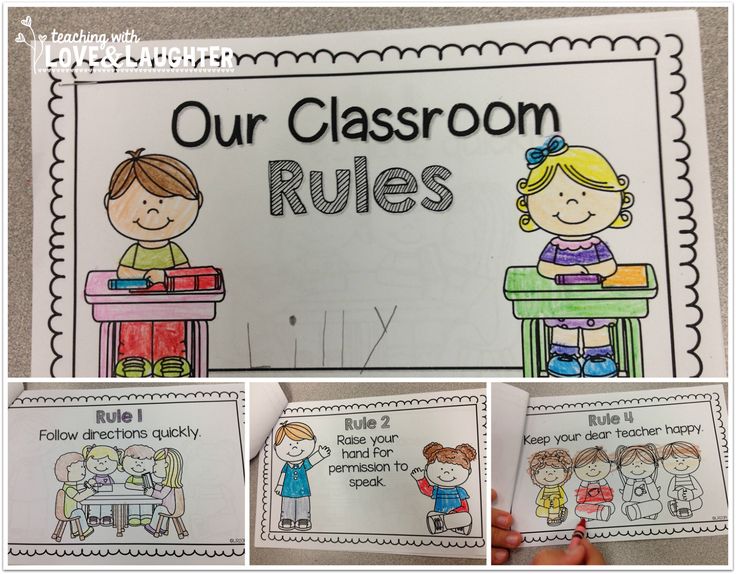
Step One: Vigorously rehearse Rule 1, five times a day. You say, “Rule 1” and hold up one finger. Your kids say, “Follow directions quickly!” and rapidly swim one hand through the air, like a trout darting upstream. Do not go to Step Two until your kids instantly respond, merrily respond!, to your Rule 1 cue. The more entertaining you make this rehearsal, the more engaged your students will be in following the rule. One of our mottos at WBT: students learn the most when they are having the most fun learning.
Step Two: Teach your kids the Three-Peat. You say, “Math book 14!” They say, “Math book 14, Math book 14, Math book 14!” as they open their math books to page 14. When the book is open to the correct page, your children should shoot both hands upward, waggle their fingers, and happily murmur, “Yea!” They continue their celebration, until you sweep your hand dramatically through the air. Use the celebration time to help students who are a bit slow.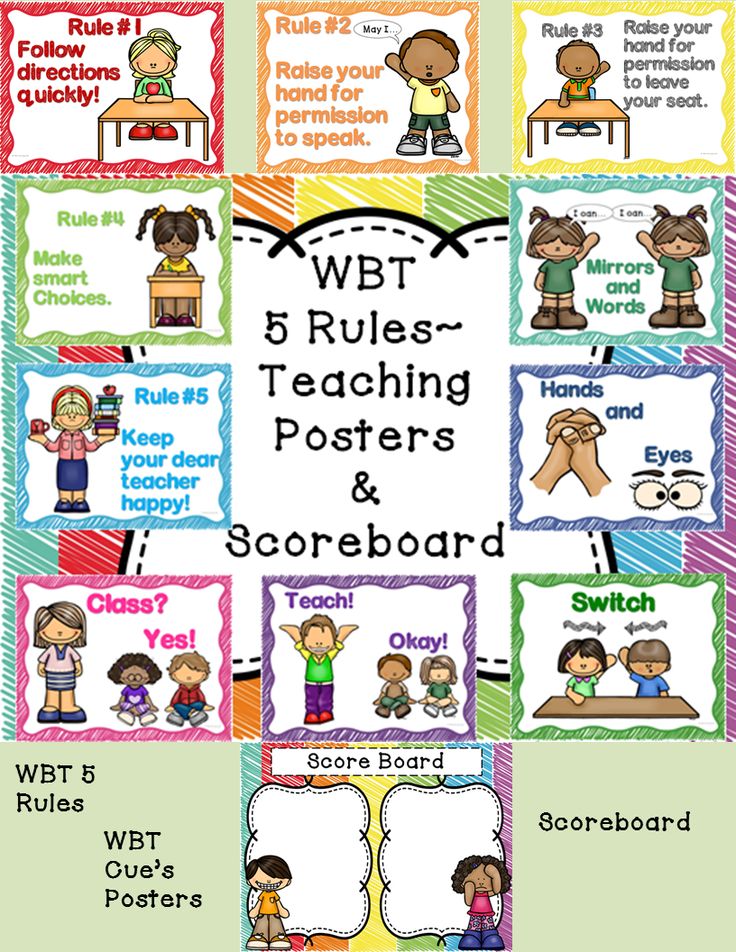
Using the Three-Peat, if you say, “Names on paper!,” your kids exclaim, “Names on paper, names on paper, names on paper!” After they have written their name, they celebrate until you signal it is time for silence.
Listen to me my dear colleague! Don’t try to teach lining up right before the bell rings. You don’t have time. Rehearse lining up five times a day, when you are not fighting the clock. You say, “Lines!” Your kids exclaim, “Lines! Lines, Lines!” and line up according to the pattern you have established. You say “Seats!” and they exclaim, “Seats! Seats! Seats!,” celebrating when they are sitting down. For extra motivation, time these activities with a stopwatch. Then, as you gasp in delight, watch as your kids race to set new, transition records.
Doesn’t this make sense? The more you rehearse any procedure, and the more entertaining you make the rehearsal, the quicker your kids will perform a classroom transition.
Please calm down. A rapidly beating heart is a sure sign you are approaching Teacher Heaven.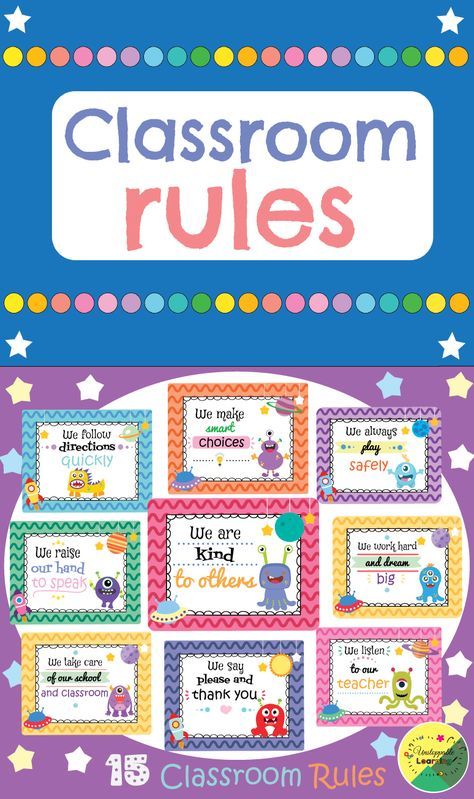
For a complete description of Whole Brain Teaching’s rules, see chapter 7 in “Whole Brain Teaching for Challenging Kids” available on Amazon.com.
Chris Biffle
Director, Whole Brain Teachers of America
Website: WholeBrainTeaching.com
Facebook | Twitter | Youtube | WBT Bookclub | Webcast Archive
Chris Biffle, a college philosophy professor for 40 years, is the author of seven books (McGraw-Hill, HarperCollins) on critical thinking, reading and writing. He has received grants from the U.S. Department of Education and the National Endowment for the Humanities. In the last 15 years, Chris has been lead presenter at over 100 Whole Brain Teaching conferences, attended by 20,000+ educators. Thousands of instructors across the United States and around the world base their teaching methods on his free ebooks available at WholeBrainTeaching.com.
Actions of the population when the signal "Attention to everyone!"
Back
Actions of the population when the signal "Attention Everyone!"
The sound of a siren, intermittent beeps of enterprises and vehicles mean the signal of the Civil Defense: “Attention everyone!”.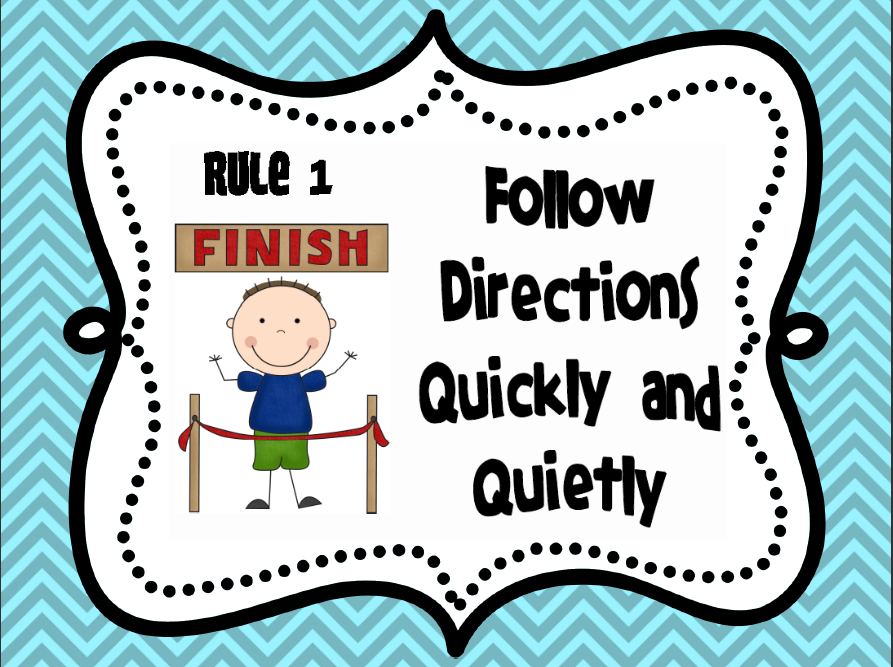
When you hear it, immediately turn on the loudspeaker, radio or TV, listen to the emergency announcement. Once in an emergency area, you must exercise restraint and self-control, not panic. Remember: all emergency forces are already in action to save you!
Types of emergency messages transmitted in the form of voice information within 5 minutes after the transmission of the GO signal “Attention to everyone!” in peacetime:
| Message text | Public actions |
| In the event of an accident at a nuclear power plant "Attention! Says the Department of Civil Protection of the city of Ulyanovsk. Citizens! There was an accident at a nuclear power plant. In 30 minutes, radioactive fallout is expected, etc. | Prepare a supply of water, food, documents, personal protective equipment. Take iodine preparations, seal the room. Await further instructions. |
| In case of spill, release of emergency chemically hazardous substances "Attention! Says the Department of Civil Protection of the city of Ulyanovsk. Citizens! There was an accident at the railway station with a spill of an emergency-chemically hazardous substance. A cloud of contaminated air is spreading towards the streets… etc.” | If you find yourself in the focus of chemical contamination, then you must quickly leave it at the direction of the operational duty officer of the EDDS of Ulyanovsk in the direction perpendicular to the direction of the wind. When in the room, seal it. Put on PPE. Help the elderly and the sick. Strictly follow the recommendations of the specialists of the Department of Civil Protection of the city of Ulyanovsk. |
| Flood "Attention! Says the Department of Civil Protection of the city of Ulyanovsk. Citizens! Due to the rise in the water level in the Sviyaga River, flooding of houses in the street area is expected ... etc.” | Collect the necessary things, documents, take documents, food, water. Go to the area of the declared collection. |
Civil emergency signal “Attention everyone!” in wartime
| Message text | Public actions |
| Air danger "Attention! Says the Department of Civil Protection of the city of Ulyanovsk. Citizens! Air Alert! Turn off gas, electricity, water. | At work, make a trouble-free stop of all units, take cover in a shelter. At home, turn off lights, heaters, water, gas, take PPE, documents, food, water and go to shelter. Outside, take cover in the nearest defensive structure. |
| In the event of an end to air danger "Attention! Says the Department of Civil Protection of the city of Ulyanovsk. Citizens! Air raid alert! Everyone to return to their places of work or residence…” | Exit the containment, continue with your duties. |
| In the event of a threat of radioactive contamination "Attention! Says the Department of Civil Protection of the city of Ulyanovsk. Citizens! There was a threat of radioactive contamination. | Prepare PPE. Perform room sealing. Seal food and water supplies. If you find yourself in an infected area, take PC-1 from the AI-2 first aid kit, slot #4. |
| At risk of chemical contamination "Attention! Says the Department of Civil Protection of the city of Ulyanovsk! Citizens! There was a threat of chemical contamination. Put on gas masks. Check the sealing of living quarters. Create a supply of food and water " | Put on a gas mask and proceed to a protective structure or quickly leave the contaminated area. Take an agent against FOV from the first aid kit AI-2 slot No. 2 |
What crowdfunding platforms love and how to make cooperation comfortable
We would like to bring to your attention the speech of Anna Sukhacheva , fundraiser of the Children's Field Palliative Service of the Marfo-Mariinsky Medical Center.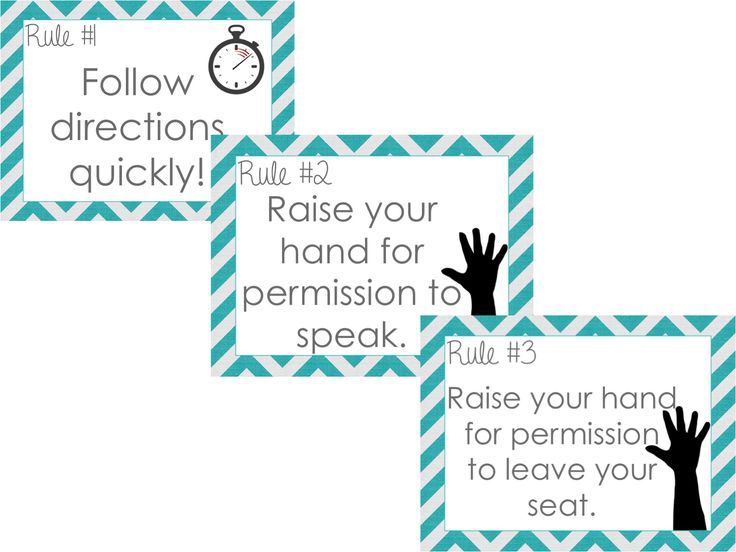 In the lecture “Setting a Fundraising Task Using Crowdfunding Examples,” Anna talks about how to budget a project and calculate the amount to raise, illustrating this with numerous practical examples.
In the lecture “Setting a Fundraising Task Using Crowdfunding Examples,” Anna talks about how to budget a project and calculate the amount to raise, illustrating this with numerous practical examples.
For your convenience, we have prepared the lecture abstracts in the form of a timecode.
00:12 Learn more about the course Fundraising Storytelling and Social Media Marketing Tools. Organizational matters.
07:20 Meeting the speaker. Features of fundraising in the palliative service of the Marfo-Mariinsky Medical Center "Mercy".
09:20 A little about the numbers and the budget of the project - in fundraising you can’t do without it, any work begins with this.
10:48 What is a budget in fundraising - basically, it is the budget of the project's income that needs to be raised. An example of such a budget. Channels of receipt of funds: one-time donations, recurrent donations (individuals and legal entities), grants, subsidies, in-kind donations.
13:44 Life hack: if you start working with crowdfunding sites, allocate each site in the budget as a separate line. This is necessary so that you can analyze the data and see where the income comes from.
15:39 There are platforms with which relationships are easily and quickly built, and there are those where the verification procedure takes up to six months. This must be taken into account.
16:10 What share of the budget can be collected through storytelling on crowdfunding sites? Even without digital promotion tools, without PR, you can raise funds in this way. But it is necessary to work with a large number of sites (3-4, and preferably 6), and at least some of them should be large.
19:00 Which budget items can be submitted for collection? It makes sense to place on crowdfunding platforms not only targeted assistance, but also project fees - for the salaries of specialists, etc. But there are several nuances: we tell you which ones.
22:39 How to write a text for collecting a specialist's salary? Examples of such requests for help.
27:12 Validity of the fundraiser: The fundraiser should not blindly follow the leader's instructions and weigh which stories are suitable for fundraising and crowdfunding.
28:41 Avoid duplication, check if you've written a similar story recently, because this negatively affects the reputation of the fund. Previously, it should not be anywhere, including on different sites, in the social networks of the fund, in various media with which you communicate (radio, TV).
31:00 Writing a collection story or invoice collection. Different sites have different requirements, someone prepares the text on a turnkey basis, someone asks to collect an invoice, and somewhere you will have to write it yourself.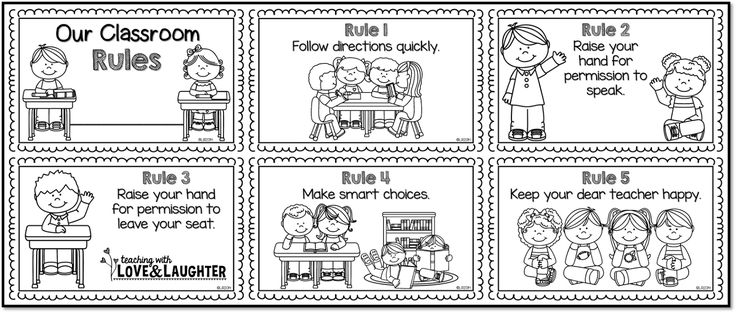 Don't forget high quality photos!
Don't forget high quality photos!
37:17 It's important to come up with a good title for the request: it promotes your request for free on any platform.
39:04 Don't forget to justify in detail for the donors the amount of the collection, "breaking it down" by months or by other indicators.
40:40 Specific examples of texts to collect for a specialist's salary.
46:35 Accounting and fundraising: it is important to build cooperation and exchange information from the very beginning. When planning the annual budget, the fundraiser and the accountant closely cooperate. In the future, they exchange up-to-date information about incoming funds, planned fees, etc.
54:34 Reports for sites: the fundraiser prepares the content reports, the accountant prepares the financial ones. Nuances of reports for various sites.
01:02:28 Examples of reports for various sites.
01:08:18 Difficulties in working with various fundraising sites.
01:10:21 Duplication of fees at different sites - why it's bad and how to avoid it.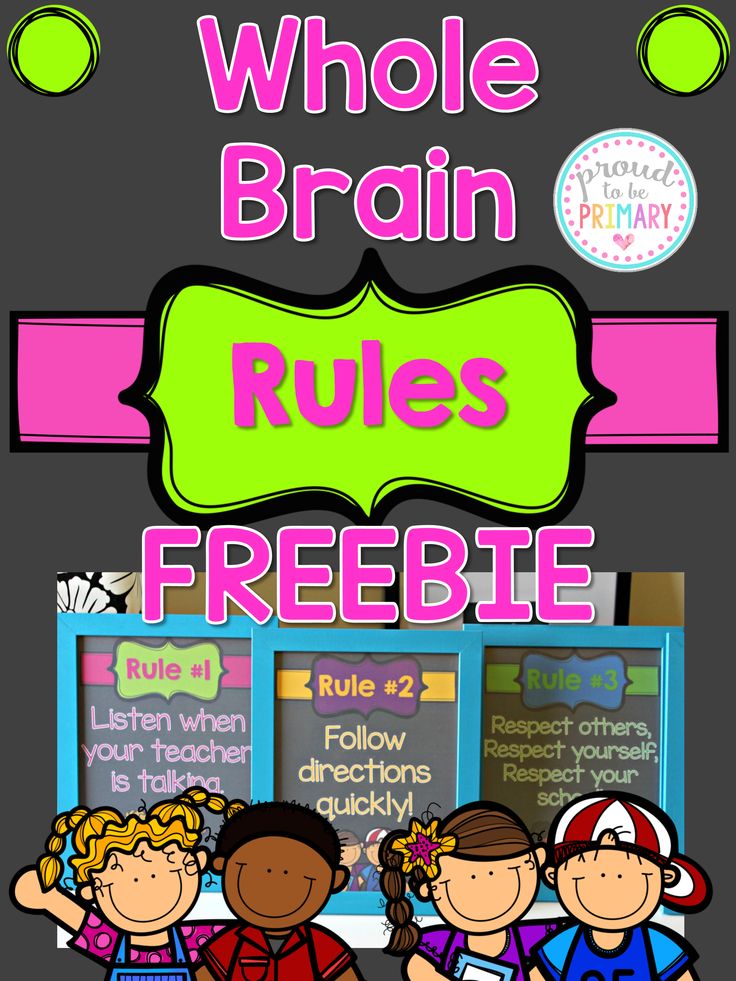

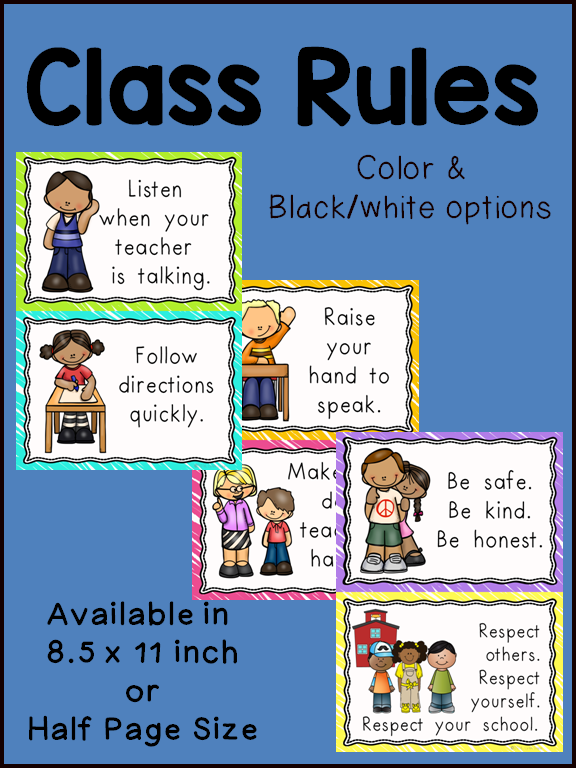 ”
” 
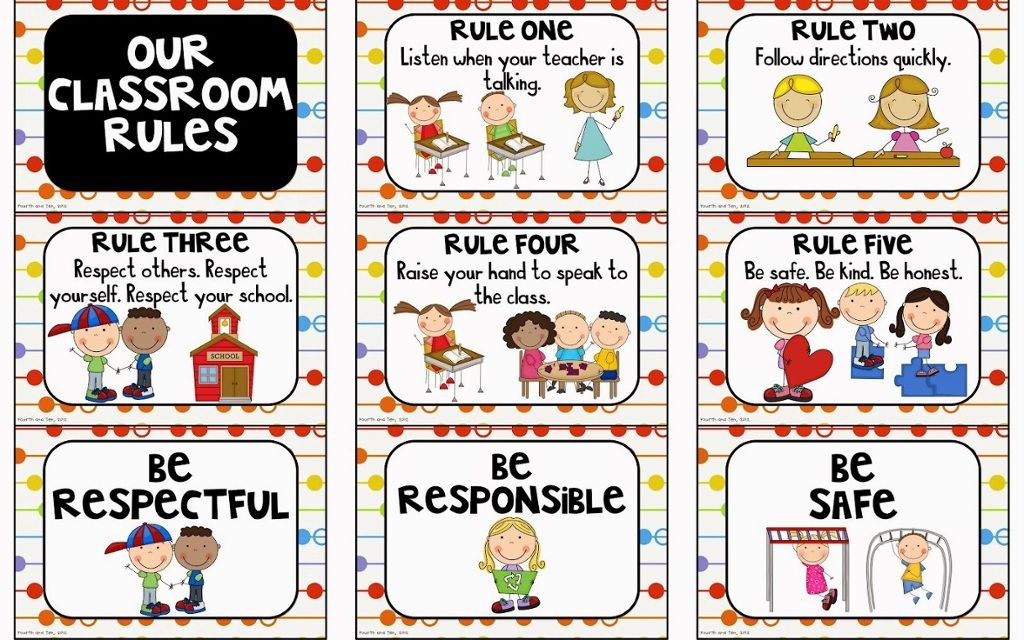 Take personal protective equipment, documents, a supply of food and go to the shelter ... "
Take personal protective equipment, documents, a supply of food and go to the shelter ... "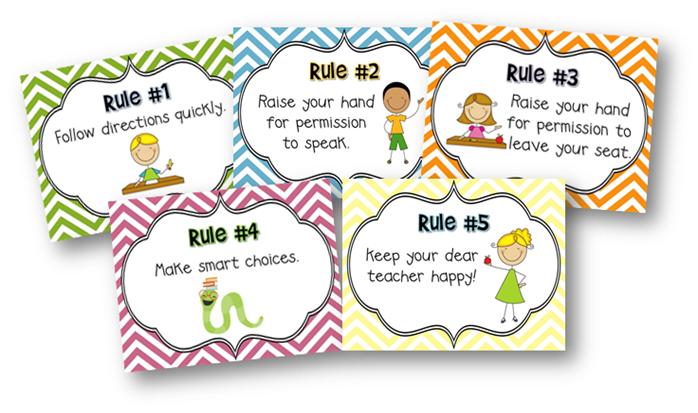 Prepare PPE, film raincoats and keep them with you”
Prepare PPE, film raincoats and keep them with you” 
